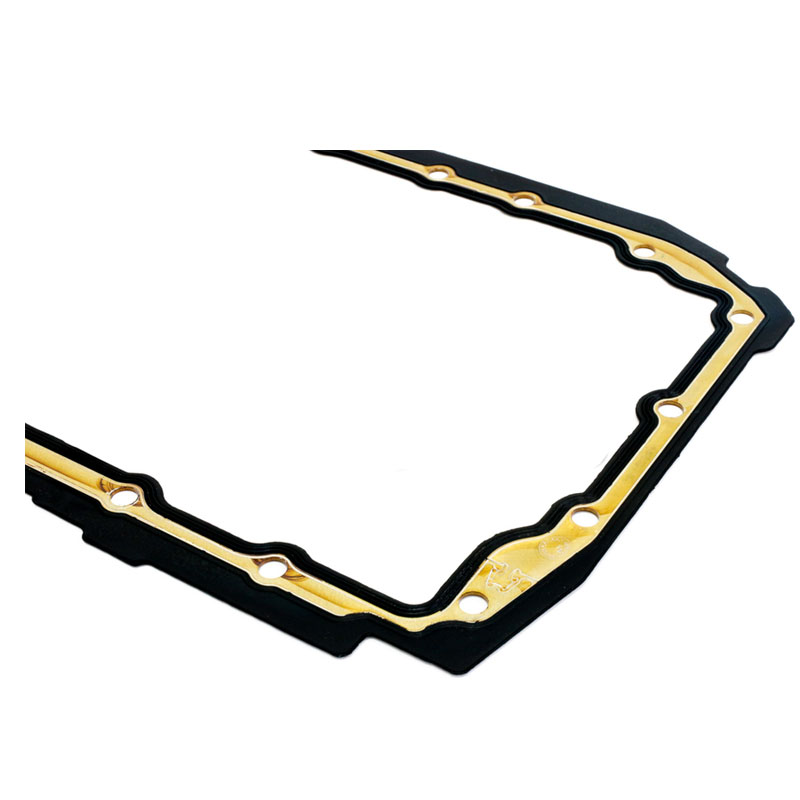Understanding Rear End Axle Seal Function and Maintenance Tips for Your Vehicle
Understanding Rear-End Axle Seals Importance, Function, and Maintenance
Rear-end axle seals play a critical role in the functionality and durability of a vehicle's drivetrain. These seals are designed to retain lubricants, preventing them from leaking out of the rear differential, while also keeping contaminants like dirt and water from infiltrating the system. Understanding the significance of rear-end axle seals, their function, and how to maintain them is essential for vehicle owners who want to ensure optimal performance and longevity of their vehicles.
What Are Rear-End Axle Seals?
Rear-end axle seals, often referred to as differential seals, are typically made of rubber or synthetic materials. They are situated at the junction of the axle and the differential housing, where the axle shafts enter the differential. Their primary purpose is to seal the space around the axle shafts to prevent the loss of lubricant from the differential and to keep harmful elements from entering the lubricant reservoir.
Importance of Rear-End Axle Seals
The importance of rear-end axle seals cannot be overstated. These seals are essential for maintaining the proper level of differential lubricant. If a seal becomes damaged or worn out, it may lead to oil leaks, which can decrease the lubrication within the differential. Insufficient lubrication can result in increased friction and heat, potentially causing catastrophic damage to the differential gears and bearings.
Moreover, exposed gears and bearings can suffer from premature wear due to contamination by dirt, moisture, and other debris. Regularly checking and replacing worn or leaking axle seals can prevent costly repairs and extend the life of the vehicle.
Signs of a Failing Rear-End Axle Seal
rear end axle seal

Vehicle owners should be aware of the signs that may indicate a failing rear-end axle seal. One of the most noticeable signs is the presence of oil puddles or spots beneath the vehicle. If there are noticeable oil leaks, especially near the rear axle, it is likely that the axle seal is compromised.
Another warning sign is a whining or grinding noise coming from the rear of the vehicle during operation. This noise can indicate that the differential is not being properly lubricated, leading to wear on the internal components. Additionally, if you notice a burning smell, it may suggest that the lubricant is overheating due to insufficient levels caused by seal failure.
Maintenance of Rear-End Axle Seals
Proper maintenance of rear-end axle seals can significantly prolong their lifespan. Regular inspections should be part of a vehicle's maintenance routine. During these inspections, the seals should be checked for signs of wear, cracking, or hardness. Any visible damage should be addressed as soon as possible to prevent further complications.
It's also essential to ensure that the differential lubricant is changed at recommended intervals. Using the correct type and grade of lubricant will help in maintaining the seals and preventing breakdowns. Additionally, if the vehicle is frequently exposed to extreme driving conditions such as towing heavy loads or off-road driving, more frequent inspections and maintenance may be necessary.
In the event that a rear-end axle seal does fail, it is crucial to address the issue promptly. Replacing the seal typically involves removing the axle, which can be a labor-intensive task. Therefore, it's recommended to consult with a professional mechanic to ensure that the replacement is conducted correctly and to prevent any potential damage to the differential.
Conclusion
In conclusion, rear-end axle seals are vital components that contribute to the smooth operation and longevity of a vehicle's differential system. Understanding their function, recognizing the signs of failure, and performing regular maintenance can help vehicle owners avoid costly repairs and ensure their vehicles remain in optimal condition. By prioritizing the upkeep of rear-end axle seals, drivers can enjoy a safer and more reliable driving experience for years to come.
-
Understanding the Front Main Engine Seal: Purpose, Maintenance, and Installation
News Jul.29,2025
-
Understanding O-Rings and Seal Rings: Types, Applications, and Custom Solutions
News Jul.29,2025
-
Understanding Crankshaft Oil Seals: Rear Seals, Pulley Seals, and Their Role in Engine Integrity
News Jul.29,2025
-
The Importance of Front and Rear Crankshaft Seals in Engine Performance and Oil Management
News Jul.29,2025
-
Crank Oil Seals: Functions, Types, and Cost Considerations in Engine Maintenance
News Jul.29,2025
-
A Comprehensive Guide to O-Rings and Seals: Types, Materials, and Global Applications
News Jul.29,2025
-
Mastering Diesel and Performance Engine Maintenance: A Guide to Critical Oil Gaskets
News Jul.28,2025
Products categories















